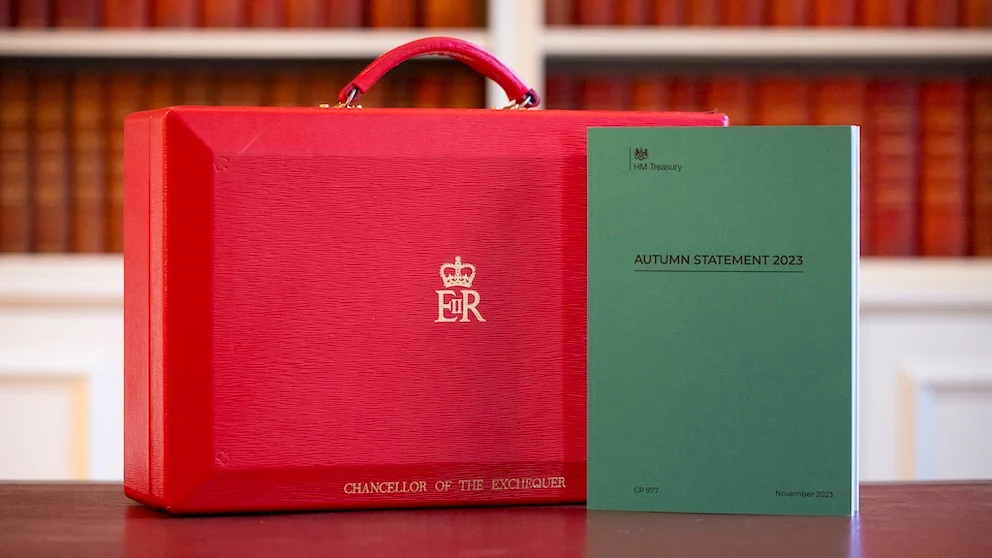As employee trust diminishes, HR leaders are grappling with maintaining company culture in the era of hybrid work. How will your organization respond to the wake-up call?
According to a recent global report from Gartner, the foundations of workplace relationships are being shaken to the core. The numbers paint a stark picture:
- Only 50% of employees trust their organization
- 41% of HR leaders say that employees’ connection to culture is compromised by hybrid work
- 47% of HR leaders do not know how to achieve the desired culture within their organizations
Beyond these troubling findings, trends, including the adoption of GenAI, the increasing complexity of our digital ecosystems and the benefits of borderless talent mobility pose significant challenges (and opportunities) for workplace culture and the employee experience.
Organizations that nurture strong cultures – by advancing workplace trust and psychological safety – enjoy a host of benefits, including increased collaboration, innovation and productivity. This means it’s more important than ever to build trust and strengthen culture through a strategic and well-executed employee communications program.
At Porter Novelli, we combine internal communications (IC), with employee experience and change management best practices to help organizations drive engagement and strengthen company culture. Here are a few of the ways we advise our clients on building (or re-building) trust in the workplace.
Meet employees where they are, rather than adding to their plate.
One of the main challenges that impedes internal communication efforts is having to compete with employees’ busy schedules. Amid a host of work deadlines, as well as personal and professional priorities, internal communications can often get lost in the shuffle.
To increase audience engagement, we recommend evaluating whether internal messaging can be trimmed down, streamlined through easy-to-access channels, or made more relevant and contextualized by aligning them within pre-existing campaigns.
Personalize communications to your audience preferences.
At its core, internal communications is a series of messages delivered through diverse media, including emails, articles, in-person meetings, videos, etc. While there are a variety of options available in your toolbox, internal communications teams should actively consider audience preferences, tastes, and message complexity when selecting the appropriate channel.
For certain audiences, an in-person conversation with their manager can be most effective. Others might prefer engaging with their peers through a group dialogue. Some employees are simply looking for an email that they can access on their own time.
Complex messages are often effectively delivered by company leadership in a town hall, while stories that exemplify company culture can come to vivid life within a video or intranet article that feature the authentic voices of employees from across the organization.
We recommend leveraging existing internal communications usage data, as well as regular internal communications surveys to better understand overarching company preferences, as well as the preferences of individual teams or functional areas. This enables IC teams to customize each message for the maximum impact and engagement.
Finally – especially in borderless and multinational work environments – it’s critical to take into account the diverse cultures and languages spoken by your workforce. This may involve using simple, clear, idiom-free language, offering cultural awareness and inclusivity training and celebrating cultural differences and traditions.
Strive for consistency.
From an internal communications standpoint, consistency means that employees should be met with coherent messaging across every channel and throughout every campaign. Key messages should be introduced and led by senior leaders, and then consistently echoed within internal communications channels and manager-to-employee conversations.
When this is done incorrectly, communications can feel like a game of “telephone,” where the message is diluted and/or altered from channel to channel. While customization is desirable in certain contexts, IC leaders should strive to convey consistent messaging.
Bringing it all together.
During a time where institutional trust is weakened and younger generations are becoming less engaged, we have found that effective internal communications can be the critical difference between an aligned workforce that is inspired by their company’s purpose, and a disjointed organization that is struggling to keep everyone moving in the same direction.
Learn more.
If you would like to learn more about our comprehensive approach to employee experience, reach out the Portner Novelli EX team at [email protected].

















